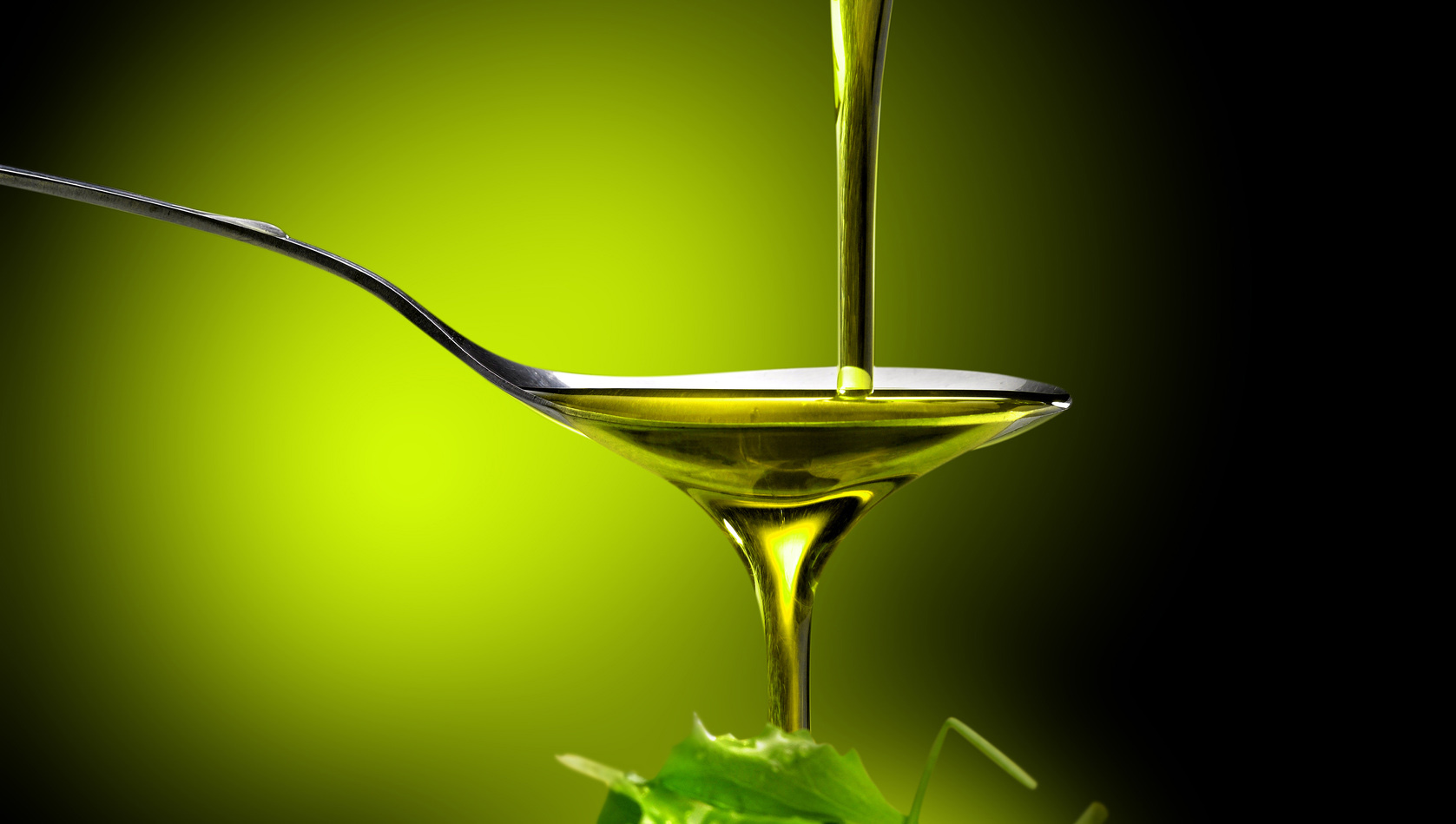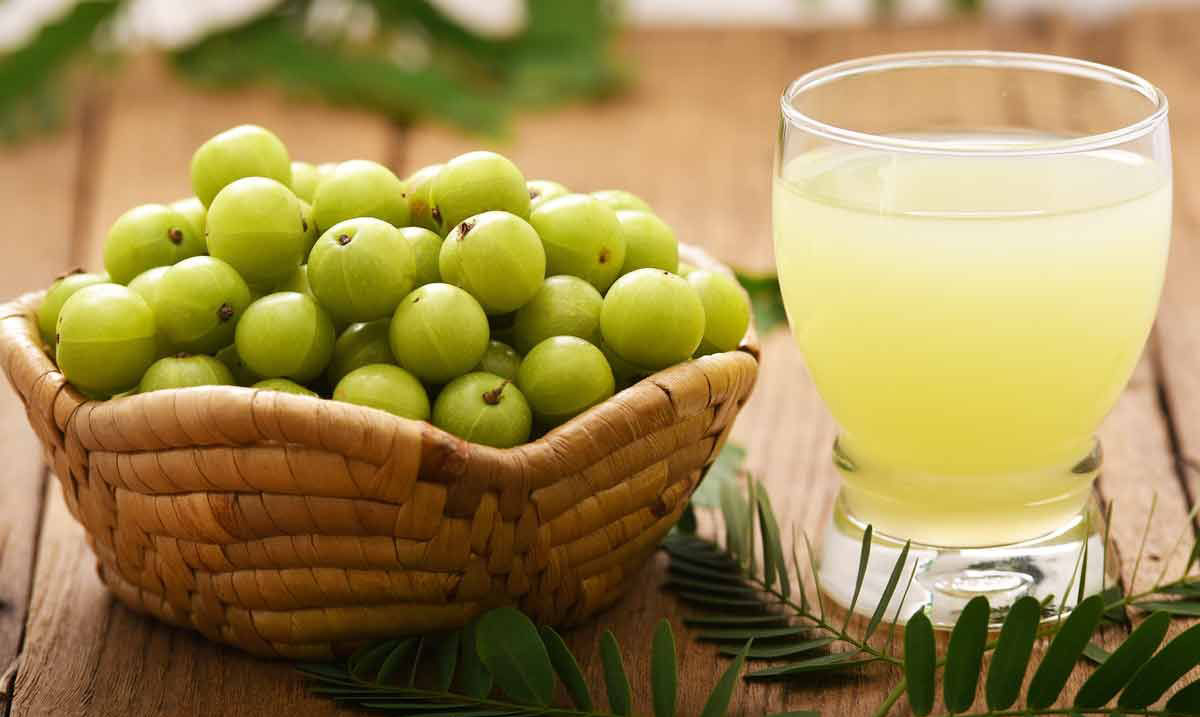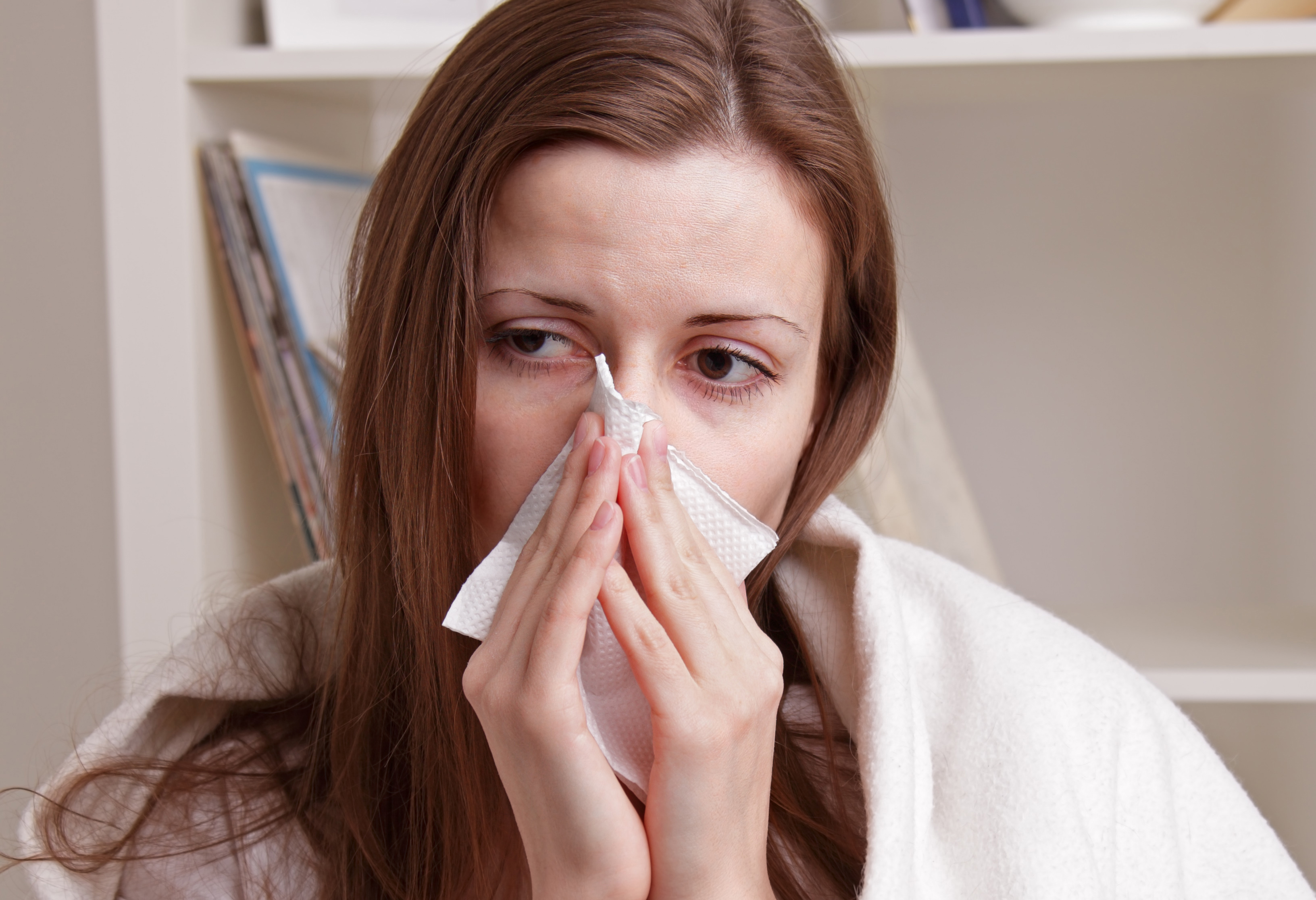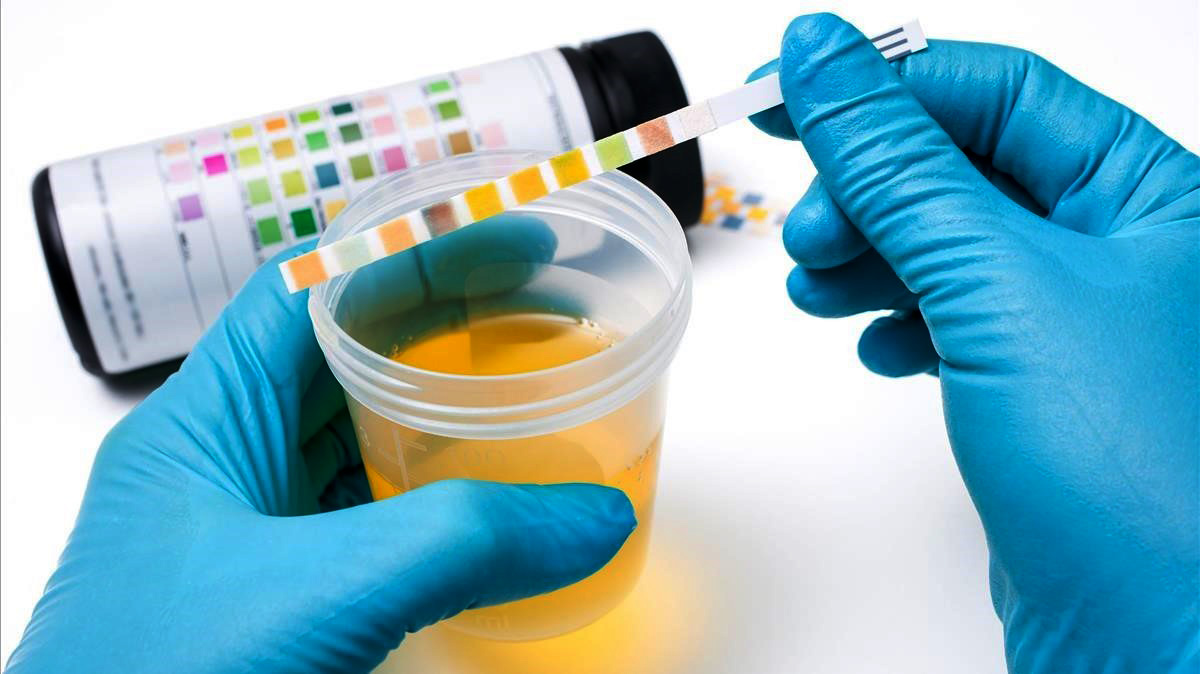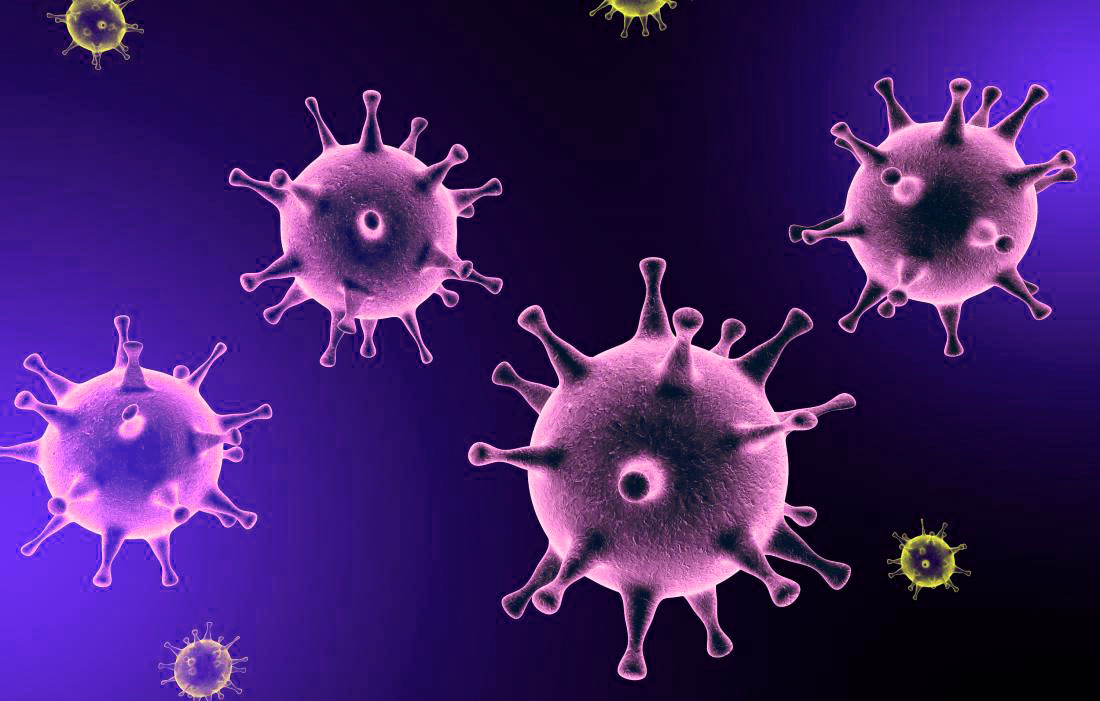In the extensive world of spices, oregano stands out as one of the herbs most valued for the innumerable properties it possesses, as well as for the multiple uses that have been attributed to it, in the same way, it happens with olive oil, which It is very taken into account for medicinal uses.
Oregano is a plant with enormous culinary and medicinal properties, which has been used for several centuries as a condiment and as a home remedy.
Its stem and its leaves, quite abundant, are covered with small and fine hairs, from which an essential oil can be extracted. Its leaves give off a very particular odor, and they are usually used to be left to dry to later elaborate oils, infusions and to season food.
Most types of oregano originate in the European Mediterranean, where it has been used as a spice.
Today, its use has spread throughout the world, cultivated and marketed between different countries.
There are different types of oregano that can be found in different regions. Thus, for example, oregano de cerro, a medicinal plant native to Mexico. On the other hand, is the witch oregano, also called French oregano, another member of the family Lamiaceae that has healing properties but which is also associated with a high degree of toxicity. We also have thick oregano, typical of countries such as Colombia, Venezuela, Mexico, Puerto Rico and Cuba, and aquatic oregano, whose cultivation takes place on a global scale, but always in places of high humidity.
 Oregano is an herb that has multiple properties that contribute to improving the health of our body, as it contains a large amount of important minerals such as calcium and potassium, as well as antioxidants and vitamins such as thiamine.
Oregano is an herb that has multiple properties that contribute to improving the health of our body, as it contains a large amount of important minerals such as calcium and potassium, as well as antioxidants and vitamins such as thiamine.
Similarly, oregano is notable for its content of omega 3, iron, magnesium, copper and calcium, as well as providing vitamins B6, C, E and K, essential for good health.
This plant is attributed a variety of medicinal properties:
It works as an antibiotic, since its oil is rich in polyphenols that fight against microbes and bacteria.
It also acts as a digestive, since it contains thymol that calms intestinal spasms and stomach pains. It treats respiratory affections, because it has anti-inflammatory, antiseptic and expectorant properties, which act against the flu, bronchitis and other problems. It serves as a carminative, since it eliminates gases and flatulence, decreasing inflammation. It is an excellent natural antioxidant, so it increases the defenses and blocks the action of free radicals that cause aging.
It acts as an estrogen, which means that it helps in the prevention of cancer.
It calms menstrual pains, especially if it is prepared as an infusion, and also relieves headaches and gastric problems.
It helps to improve circulation, since it has flavonoid and naringenin, which stimulate blood circulation and help to avoid cardiovascular problems.
Although oregano is an extremely beneficial plant, there are also some contraindications and side effects associated with the consumption of oregano, although these are usually quite light and very non-toxic.
However, it is necessary to moderate consumption in pregnant women and breastfeeding women, as well as in children, as their concentration can lead to adverse reactions. Therefore, it is recommended to consult a specialist before administering this herb, either ingested or in its topical version.
In this same sense, we will detail next the properties of the olive oil, which is a vegetable oil for mainly culinary use.
It is obtained from the fruit of the olive tree (Olea europaea), called olive or olive. Almost a third of the pulp of the olive is oil. For this reason, since antiquity it has been easily extracted with a simple pressure exerted by a mill. In Spain, the installations where the oil is obtained are called the almazara. It has also been used for cosmetic, medicinal, religious and for oil lamps.
The olive or olive is not usually eaten raw due to the bitterness of its flavor (mainly due to the presence of phenolic compounds). This flavor is greatly reduced by applying various mashing processes. However, 90% of the world production of olives is used to produce oil.
Historically and culturally it has been a product closely linked to the Mediterranean area. Today, only 3% of world production takes place outside the Mediterranean area. Spain produces almost half of the world’s olive oil, followed by Italy and Greece. These three countries account for three quarters of world production.
The oil is extracted from ripe olives between six and eight months, when they contain their maximum amount of oil, which usually occurs in late autumn. The olives undergo a first pressure in order to extract their juice. The quality of the oil depends to a large extent on the subsequent processing. For this reason, producers monitor these steps with great care.
The quality of olive oil is judged by its organoleptic properties and by its content of free fatty acids.
There are regulations in the European Union on oil classifications in six categories, depending on the concentration of fatty acids.
This olive oil has properties for medicinal uses, so it is used in balms, plasters, ointments, liniments and poultices for burns, skin hardness, otitis, wounds, sprains and dislocations. Mixed with herbs, such as myrrh and aloe, or with products of master formulas, it has been used to create purgative, enema and emetic compounds. It is also beneficial for the liver and gallbladder, because it is a perfect cholagogue and choleretic.
In the present it is used as an excipient and active ingredient of many medicines.
Learn more about health in Pharmamedic.

